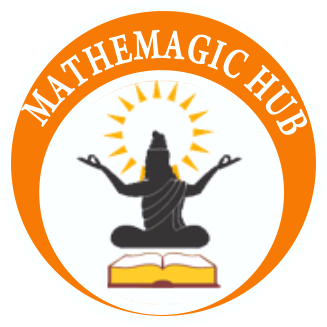Science Test Class 9
3 votes, 4.7 avg
20Maths Test class 9
4 votes, 5 avg
2 Abacus, Vedic Math, Coding ,Abacus Books ,Abacus Training"Unlocking Potential with Innovative Math, Coding, and Educational Books"
Abacus, Vedic Math, Coding ,Abacus Books ,Abacus Training"Unlocking Potential with Innovative Math, Coding, and Educational Books"You cannot copy content of this page